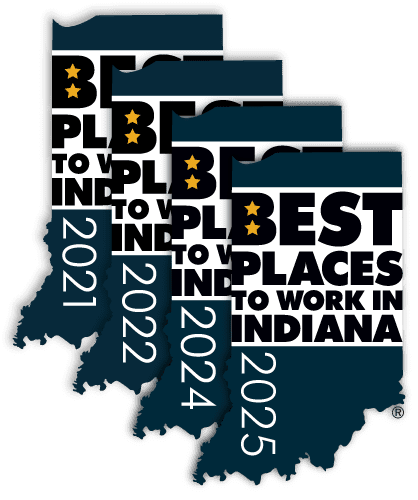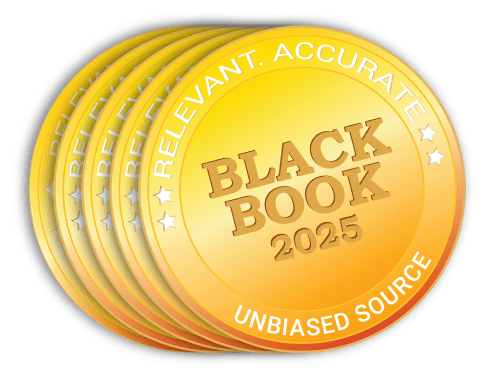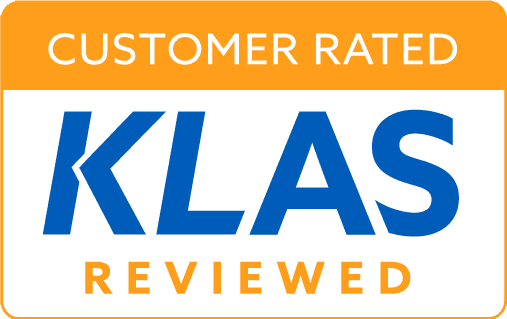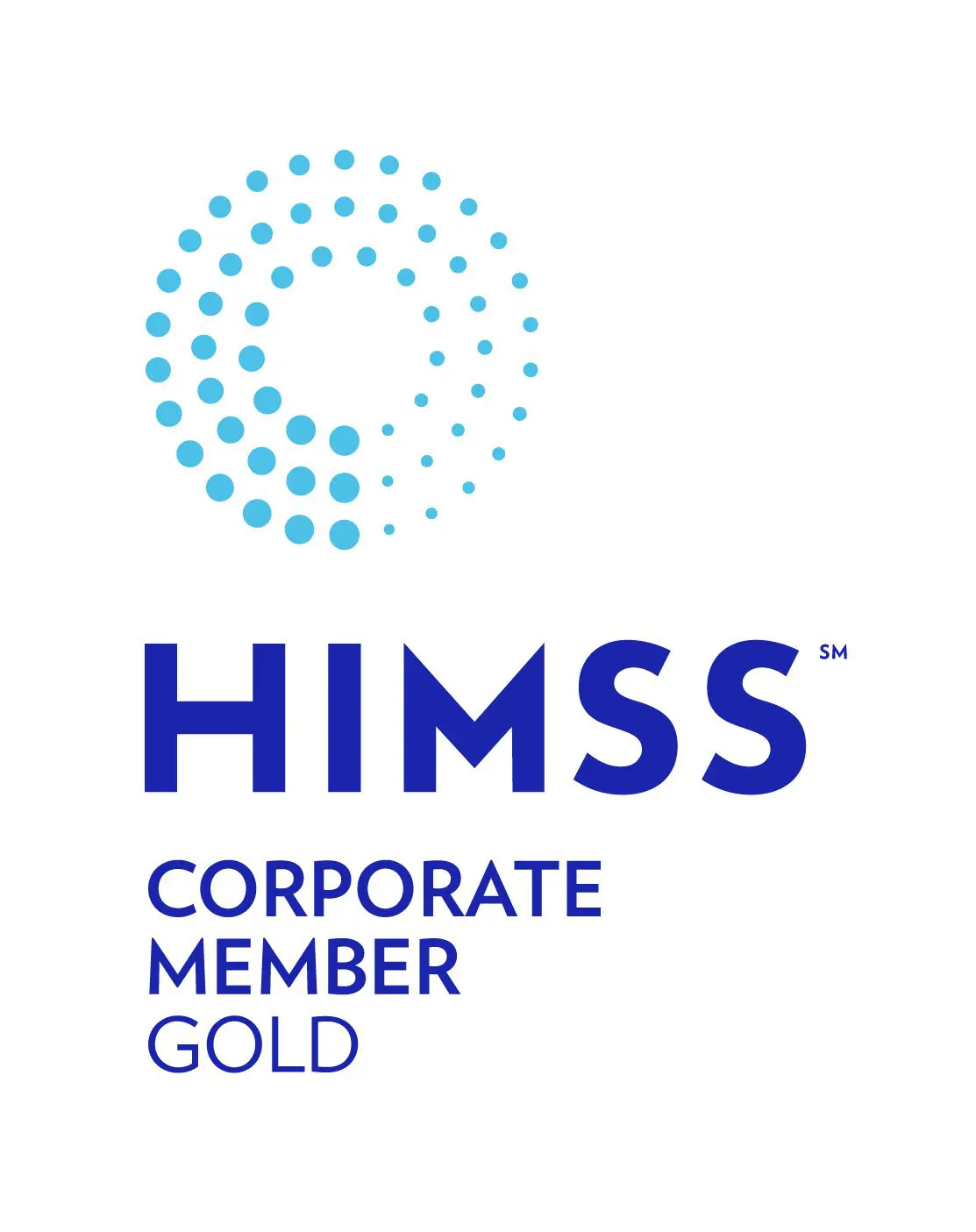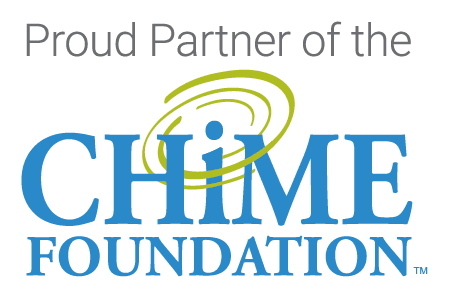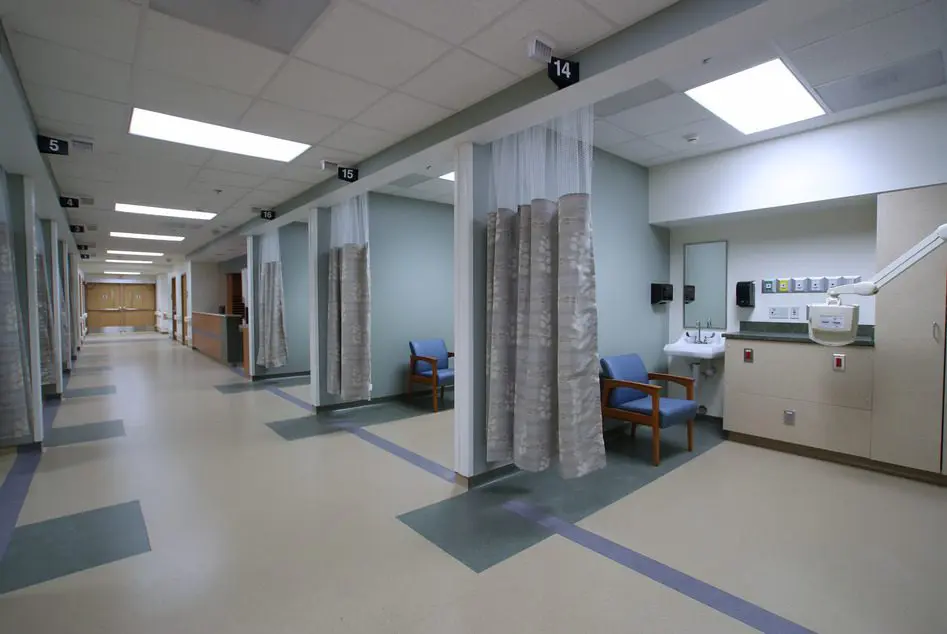
In 2017, it was reported that more than 96 percent of all hospitals had implemented certified EHRs. Since that time, many hospitals have replaced those EHRs as well as their revenue cycle management applications. While drivers for the replacement vary, key contributors are market consolidation, increased technical and security demands as well as interoperability requirements of the 21st Century Cures Act.
The goal in healthcare today truly is to better optimize data to support improved patient care. With the 21st Century Cures Act requirements for interoperability, EHRs need to step up to the evolving demands. Some EHRs aren’t equipped to make the cut and providers are changing systems because they believe other systems on the market today offer a higher degree of value.
As healthcare providers move forward with new EHR and other system implementation strategies to better meet the increased role for health data, it is essential to have an equally solid financial system or EMR replacement plan for managing legacy data that often resides in disparate systems.
Healthcare organizations can get so busy implementing and supporting complex enterprise systems that their legacy applications often remain active. That adds cost, labor and risk to the IT portfolio. Harmony Healthcare IT specializes in clinical, patient financial, human resource/payroll and general accounting healthcare data management and EHR replacement. We can help when the strategy is to migrate as much clinical data into the go-forward EHR system as the new vendor will allow. We also offer a cost-effective solution to migrate disparate legacy data sources into a single, secure health care archive.
Download our paper called “System Replacement Impact on Legacy Data.” This document provides information for healthcare providers engaged in determining and implementing best practices for managing legacy data. It examines:
- Data retention exposures when a system is replaced
- Strategies for managing legacy data when a system is replaced
- The benefits of data archiving to satisfy retention requirements
- How to handle legacy data management after system replacement
- A look ahead at the proliferation of health data volume
There are many reasons to include an active archive in your health data management strategy. A few more the most important are:
Reducing Costs – With an archive, it is possible to remove the cost from legacy vendor software support and maintenance. The ongoing maintenance fees continue to add up over time, even if the system is out of daily production and left in a read-only mode. Further cost reductions can be achieved with removing legacy hardware and servers. Some organizations have 30-40 clinical, financial and administrative data silos in use, and each with a cost meter ticking up. With health data archiving the data is extracted and migrated to the archive with ROI often achieved within 18-24 months.
For more on how to reduce the costs of running legacy health systems, check out these resources:
Webinar Recap: Five Ways to Find Cost Savings with Legacy Data Management
How to Outsmart Six Costs of Running a Legacy Health System for Medical Record Retention
Increased Security – Cybersecurity risks lurk in outdated legacy systems. With healthcare continuing to be the number one cyberattacked industry, again and again, it is important to use best practices for information security. A health team’s best cybersecurity defense is to limit the number of systems it needs to safeguard by consolidating legacy systems into a single, secure archive. As a first step, take an inventory of the legacy systems in your IT portfolio, identifying out-of-production systems at risk.
Looking for a healthcare data management firm with deep experience migrating and archiving patient, employee and business records? Our team of experts has extracted, converted, migrated and retained data from over 550 clinical, financial and administrative software brands.
Our customers’ legacy systems get inventoried and prioritized in an online application rationalization tool called HealthData Planner™. As decisions are made to decommission a legacy system, structured and unstructured data is either extracted and converted to a go-forward system (i.e., Epic, Cerner, MEDITECH) or migrated and secured onto one of our active archive solutions:
- HealthData Archiver® stores records of any type that require ready access by unlimited business users leveraging a user interface with intelligent workflows (i.e. release of information for HIM users or single sign-on for clinicians as integrated on Epic’s App Orchard and marketplaces for other leading EHRs)
- HealthData AR Manager® maintains necessary interfaces to claims scrubbers, clearinghouses, lockboxes, general ledgers, and statement firms, to store and manage legacy financial records that require complete accounts receivable wind down by revenue cycle users
Records are then activated for interoperability with other systems, entities or consumers via HealthData Integrator®, which provides a set of tools or APIs based on common industry standards such as USCDI, FHIR, HL7, C-CDA, XML, or Direct.
Harmony Healthcare IT is ranked number one as the top Data Archiving, Data Extraction and Migration company according to Black Book™ Rankings, a division of Black Book™ Market Research. We’ve earned this ranking for three years in a row. It underscores our commitment and keeps patient, employee, and business records accessible, usable, interoperable, secure, and compliant.
For more information on options for managing legacy patient or employee data after system replacement, contact us.
Editor’s Note: This blog has been updated from an earlier post on August 1, 2018.


